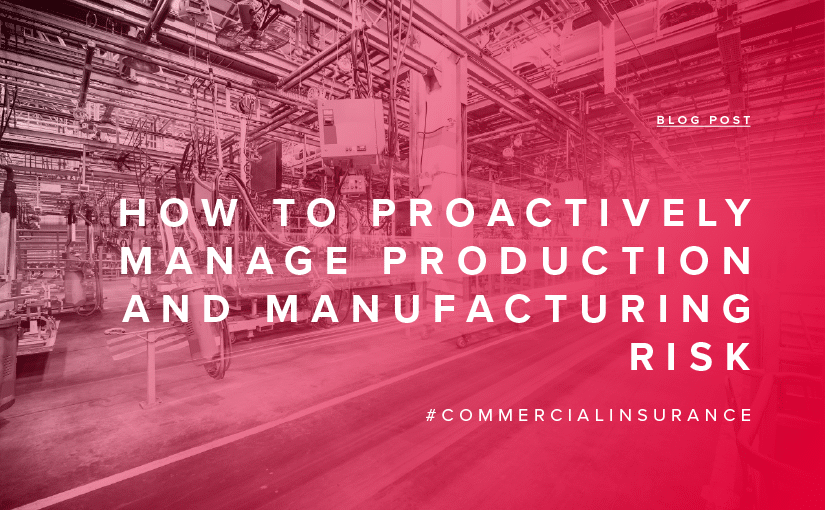Manufacturing management professionals are faced with a rapidly evolving risk landscape. Traditional markets are being disrupted and entire business models are becoming obsolete. This is due to everything from changing customer preferences to new technological applications.
In this environment, manufacturers must manage risk in a more analytical and agile way. How? It involves inserting risk management practices in every level of your organization. And you should do so by taking advantage of cutting-edge technologies and preparing for unconventional threats.
Cyber risks
The growth of cloud services and the quickening pace of technological advancement brings new challenges; at the same time, this also offers exciting new opportunities. Predictive modeling using advanced analytical tools can allow manufacturers to get insights and direction from massive data sets. Cloud computing can deliver IT capabilities that don’t require manufacturers to maintain expensive hardware, software and associated infrastructure to manage in-house.
Yet, there’s the risk that a cyber attack could result in business downtime. As a result, you should ensure you have measures in place to protect data integrity and privacy and can respond to downtime losses.
There’s no one-size-fits-all when it comes to covering cyber risks. A cyber attack may cause no physical damage but it can cause tremendous reputational damage or massive financial loss. Just one example is the $575 million — and potentially up to $700 million — court settlement levied at Equifax for its infamous data breach.
The degree of coverage that your insurance company offers can vary widely. Often, policies will include third-party liability coverage for damages suffered due to data loss, as well as first-party coverage for response and remediation expenses (including fines and penalties). You may have coverage for business income loss, financial penalties resulting from errors and omissions and threats to intellectual property. Property damage and bodily injury may also be covered, often on an excess or difference-in-conditions basis.
Safety first
Product safety is driven not only by the ever-increasing body of legislation and regulatory concerns, but by the potentially damaging effects of bad publicity following a product recall. The speed with which reputational damage can spread across social media keeps some risk managers up late at night, and even the most thorough and diligent risk assessment cannot predict and ease every threat.
How best can you manage this? Ensure that products and labeling meet federal requirements. It’s also key to practice effective crisis management when the time calls. Make certain your company has an appropriate post-crisis corporate response for the public.
Location, location, location
The location of your manufacturing plant could also pose specific risks. Many companies increasingly outsource production elements, looking to capitalize on beneficial local conditions or necessary raw ingredients. But this will also raise fresh challenges that should be addressed in any risk assessment. For example, operating in a different jurisdiction may present challenges related to construction or employment practices, differences in health and safety legislation and threats to the supply chain.
It’s vital that you have sufficient employers’ liability insurance or EPLI. And, if your premises are open to the public, you’ll probably also require public liability insurance.
Equipment breakdown coverage
Product liability insurance can offer you vital protection should your product cause injury or damage to property. However, one of the most potentially disruptive threats comes from a breakdown in your plant. Standard commercial property policies don’t cover:
- Loss or damage caused by electrical arcing (a short circuit)
- Explosion of a boiler or pressurized vessel
- Breakdown of computer and communications equipment
- Mechanical breakdown of plant or fixtures
Protecting your business from these risks will require equipment breakdown insurance. Written as a standalone policy or as an endorsement to your commercial policy, this insurance covers the cost of replacing or repairing the damaged equipment and getting your processes back up to speed as quickly as possible. You’ll often find there’s some coverage for financial losses stemming from business interruption.
As always, your insurance broker is there to customize an insurance policy that covers the unique risks your company may face.

